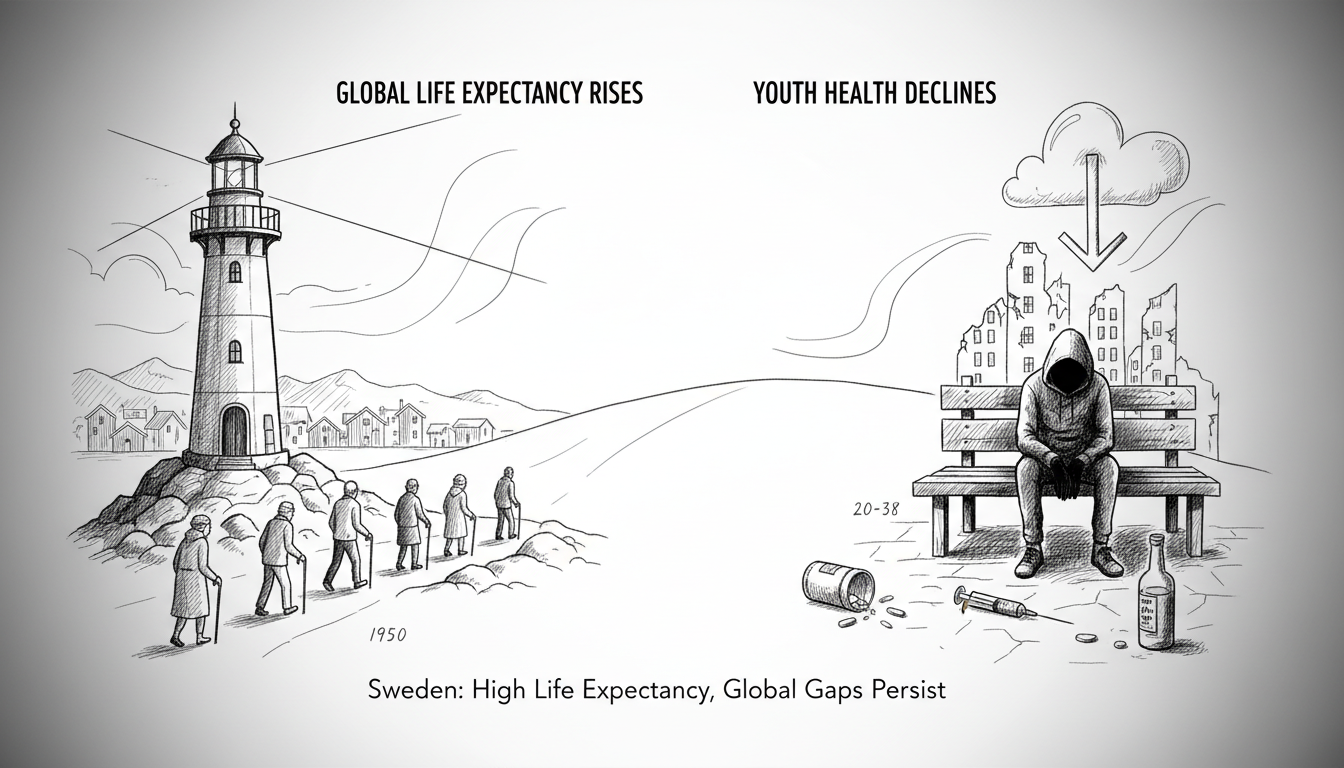Global Life Expectancy Rises But Youth Health Declines
Global life expectancy has increased by 20 years since 1950, but young adults face growing health crises. Suicide, drug overdoses and alcohol-related deaths are rising fastest among 20-38 year olds. Sweden maintains one of the world's highest life expectancies while health gaps persist globally.

People worldwide are living longer than ever before. A major new study reveals global life expectancy has increased by 20 years since 1950. The comprehensive Global Burden of Disease report involved 16,500 researchers across 204 countries.
Women now live 76.3 years globally while men reach 71.5 years. These numbers have recovered to pre-pandemic levels after a temporary decline. But the improvements are not evenly distributed.
Sweden enjoys one of the world's highest life expectancies at approximately 83 years. Meanwhile, parts of sub-Saharan Africa struggle with averages around 63 years. This 20-year gap highlights persistent global health inequalities.
Why are young adults facing more health challenges? The study shows troubling patterns among teenagers and young adults. Suicide, drug overdoses, and alcohol-related deaths have increased most dramatically in the 20-38 age group. North and Latin America show particularly concerning trends.
Preventable non-communicable diseases are rising worldwide. Lower-income countries experience the sharpest increases. This creates a paradox where people live longer but face more years of poor health.
The research was presented at the World Health Summit in Berlin. It provides the most complete picture of global health challenges available today. The data clearly shows we need different approaches for different age groups and regions.